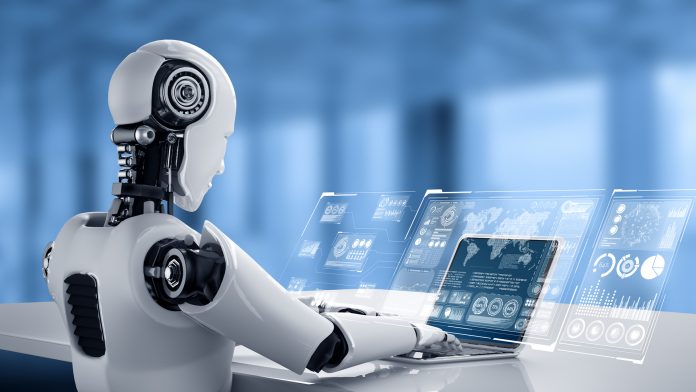
A research team from the Swiss National Science Foundation (SNSF) has developed Artificial Intelligence technology that is capable of detecting burnout by analysing text data.
What is burnout?
Burnout is referred to as both profound physical and mental exhaustion. It is difficult to detect because the symptoms can overlap with those of depression and anxiety. But Artificial Intelligence (AI) could potentially make detecting burnout much easier.
Burnout is typically diagnosed by employing psychological tests that take the form of a response rating scale. For example: “I am exhausted at the end of the day: never/sometimes/every day.” However, these tests have significant limitations. For instance, some people are reluctant to check the answers “never” or “every day” or are tempted to lie to influence the results.
It has been noted that tests of greater comprehension, that consist of open-ended questions, could be utilised to detect burnout. This is because these tests elicit more relevant information, however, they also require extensive analysis, and as a result, they are rarely employed in practice.
To address this issue, a team of researchers funded by SNSF recently reported a novel technique that utilises natural language processing to aid in detecting burnout – this article was published in Frontiers in Big Data.
How did researchers address these issues in detecting burnout?
Mascha Kurpicz-Briki, Professor of Data Engineering at Bern University of Applied Sciences in Biel, and her team intended to address the issues in detecting burnout. To achieve this, she employed methods from natural language processing, based on AI, to identify indicators of burnout.
Scientists observed that the method was successful in identifying burnout in 93% of cases. Kurpicz-Briki said: “Natural language processing effectively detects burnout and does it relatively efficiently, which is very promising.”
Researchers analysed texts from Reddit, which is a social media platform that serves as a forum for discussions organised by topic – the data collected was anonymised. Kurpicz-Briki constructed a database of more than 13,000 free-text samples. Some of them were pulled from discussions relating to burnout, whereas others were pulled from forums on a range of other topics.
How did AI technology contribute to this?
Scientists then went on to apply machine learning to develop a technique for determining whether a text contains indicators for burnout. Specifically, the research team first classified the text samples. The texts from discussion threads relating to burnout were classified manually to exclude those in which “burnout” was referring to something else.
Additionally, texts from other, non-mental health-related discussion threads were labelled as not being linked to burnout. Based on these examples, Kurpicz-Briki developed several models. Each utilised different approaches to determine whether a text, never before seen by the model, contained indicators of burnout or not. The models were then pooled to create the diagnostic method for detecting burnout, which proved very effective.
What does this mean for future applications?
Scientists have determined that while the results are promising, they need to be confirmed before they can be applied to detect burnout in society. Next, Kurpicz-Briki has suggested a collaboration with medical experts is necessary to verify the conclusions of this preliminary investigation on real cases of burnout, and on a representative sample of the population.
This project was supported by the SNSF’s Spark scheme. Spark aims to fund rapid testing and the development of new scientific approaches, methods, theories, standards, and ideas for application. It is designed for projects that demonstrate unconventional thinking and introduce a unique approach. The focus is on promising ideas of high originality, with minimal reliance on preliminary data. Spark was run as a pilot funding scheme by the SNSF in 2019–2020, and it is currently under evaluation to define its future.
























